 James Madison
James Madison
Time Period: Louisiana Purchase through Early Statehood (1803 - 1860) - Starting with M
 James Madison
James Madison
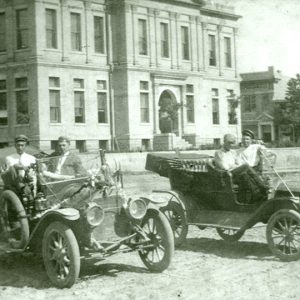 Magnolia Autos
Magnolia Autos
Magnolia Manor
Makemie College
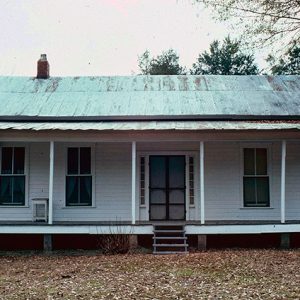 Mallett House
Mallett House
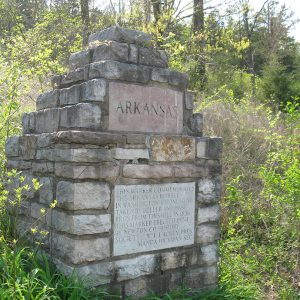 Marble Quarry Monument
Marble Quarry Monument
Martha Washington [Steamboat]
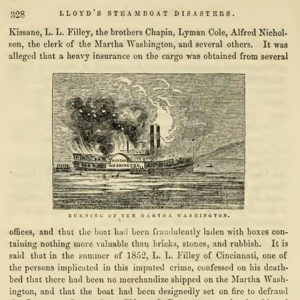 Martha Washington Article
Martha Washington Article
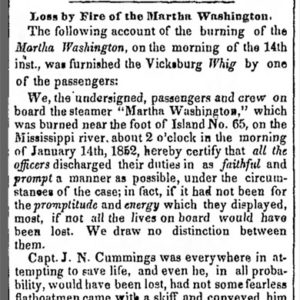 Martha Washington Steamboat Article
Martha Washington Steamboat Article
 James W. Mason
James W. Mason
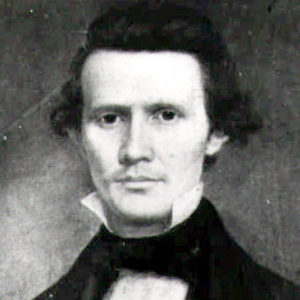 John McAlmont
John McAlmont
 Peter McCollum
Peter McCollum
 McKee Trial Story
McKee Trial Story
McKee, William (Execution of)
McVicar House
Mechanics’ Institute of Little Rock
Meek, John Alexander
Memphis to Little Rock Road
aka: Military Road (Memphis to Little Rock)
Menifee, Nimrod P.
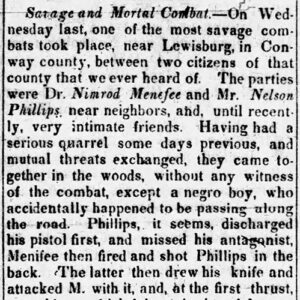 Menifee/Phillips Duel Story
Menifee/Phillips Duel Story
Mexican War
aka: U.S.-Mexican War
aka: Mexican-American War
Military Land Grants
aka: Military Bounty Warrants
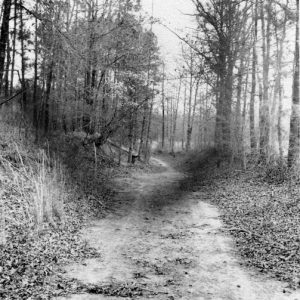 Military Road
Military Road
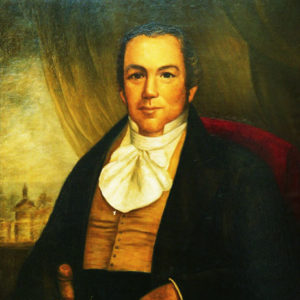 James Miller
James Miller
Miller, James
Miller, James Brown (Jim)
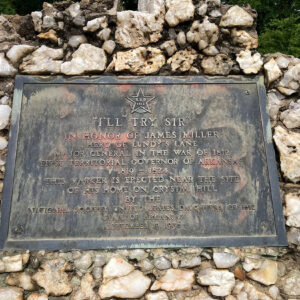 James Miller Memorial
James Miller Memorial
Mississippi River Lynching of 1841
Mississippi, Ouachita and Red River Railroad
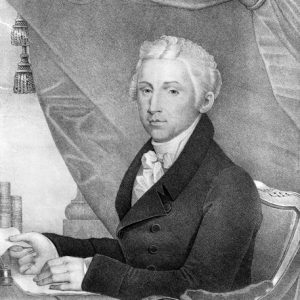 James Monroe
James Monroe
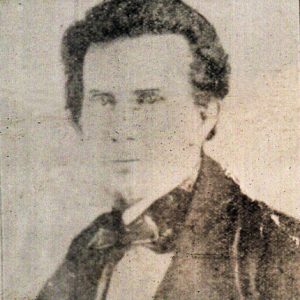 James Moore
James Moore
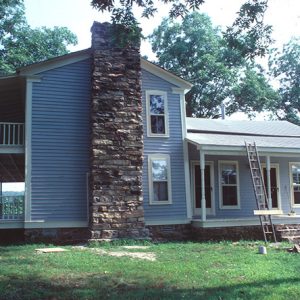 Morris House
Morris House
 Morris House
Morris House
Morris House (White County)
aka: Conley-Siler Residence
Morrison Plantation Smokehouse
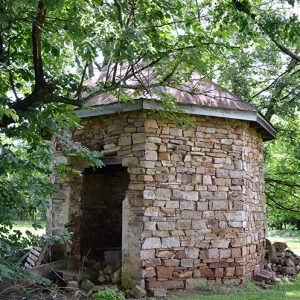 Morrison Plantation Smokehouse
Morrison Plantation Smokehouse
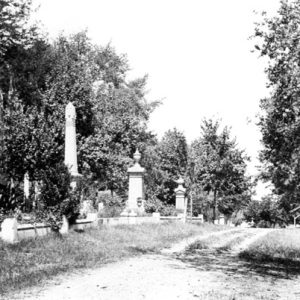 Mount Holly Cemetery
Mount Holly Cemetery
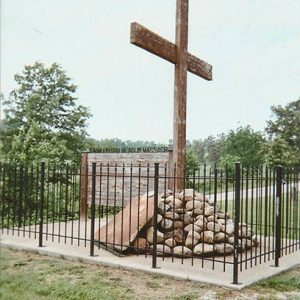 Mountain Meadows Massacre Monument
Mountain Meadows Massacre Monument
 Mountain Meadows Massacre Monument
Mountain Meadows Massacre Monument
Mountain Meadows Massacre
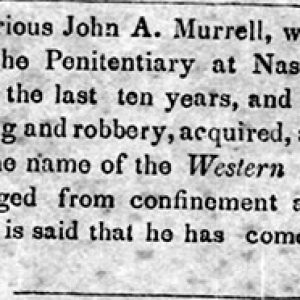 John A. Murrell Article
John A. Murrell Article




